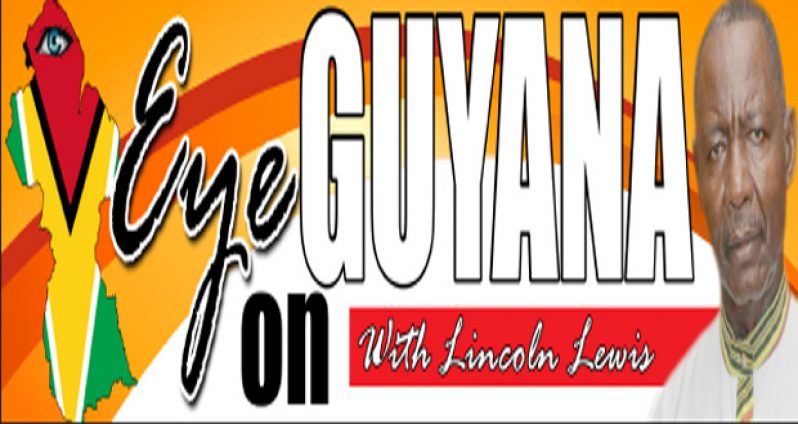THE continuous discussion about the role of the state media is worthy of attention through public discourse that is open, honest and frank. It is for this reason this column shall add its voice, even more so that the government has made known its intention to develop a media policy. The state media is owned by the people and administered by the government in the interest of the people. In a democracy, government, through its three branches (legislature, executive, and judiciary), is elected to serve the people and remain in power at the will of the people. From time to time, this understanding of media ownership and control appears to be either lacking or deliberately blurred, in effect, undermining freedoms and rights to public information.
Guyana, being a typical example, has over the years experienced state media being used by the executive to promote the views of the governing political elite, and in so doing, has established a sustained programme to deny others, who express alternative opinions, less opportunity to be heard.
The Government of Guyana, prior to 1985, operated state media in an environment that was consistent with socialist and less open societies. Between 1985 and 1992, with an evolving openness impacted by worldwide trends in governance, Guyana began to witness transformation in its media environment.
A change in government came in 1992, and with it the word “democracy” became the popular political slogan. It is against this backdrop of democracy that state media, its role and function in a democracy is evaluated. A state that claims to be democratic and suppressing public information, dominating state media, does not gain points by comparing itself to a state that was openly pursuing socialism. It must be compared with, and evaluated against similar kind democracies.
Under these post 1992 regimes, there has been virtually little if any impacting change in state media consistent with democratic claims and endeavours. State media have not evolved positively between 1992 to 2015, even though the media landscape showed signs of evolution (more significantly in numbers) since 1985.
In this so-called era of democratic governance, where one expects a more progressive media environment and state media behaviour consistent with democratic principles, Guyana has witnessed great suppression, denial of public information, and total dominance. This is manifested by those who misleadingly present democracy in its most limited context, determined only by election to office.
Even in this limited interpretation, the concept of democracy has been further manipulated to suggest applicability only when they are elected, not when others are elected; suggesting a sense of entitlement and prescriptive rights to governance. It is this sense of prescriptive rights to governance and state media that has informed our society and more specifically our media environment over the last years, under the regime of Bharrat Jagdeo and Donald Ramotar.
Though these men were busily touting and claiming democracy labels, state media remain far from espousing the various tenets of a democratic institution respectful of the role and function of the people in a democracy, the power distribution and the rights of people to information and access.
We have witnessed, under these two regimes, state media transformed from just monopolised to being used as a vicious propaganda and suppressive arm of the government. Both regimes have used the state media as a wedge in society to demonise dissenters and criminalise the opposition and its supporters. To dissent was to be labelled and become a fringe element in the society, opening citizens to ridicule and other possible dangers.
(…to be continued)
State Media – its landscape (Part 1)
SHARE THIS ARTICLE :
Facebook
Twitter
WhatsApp



.jpg)








